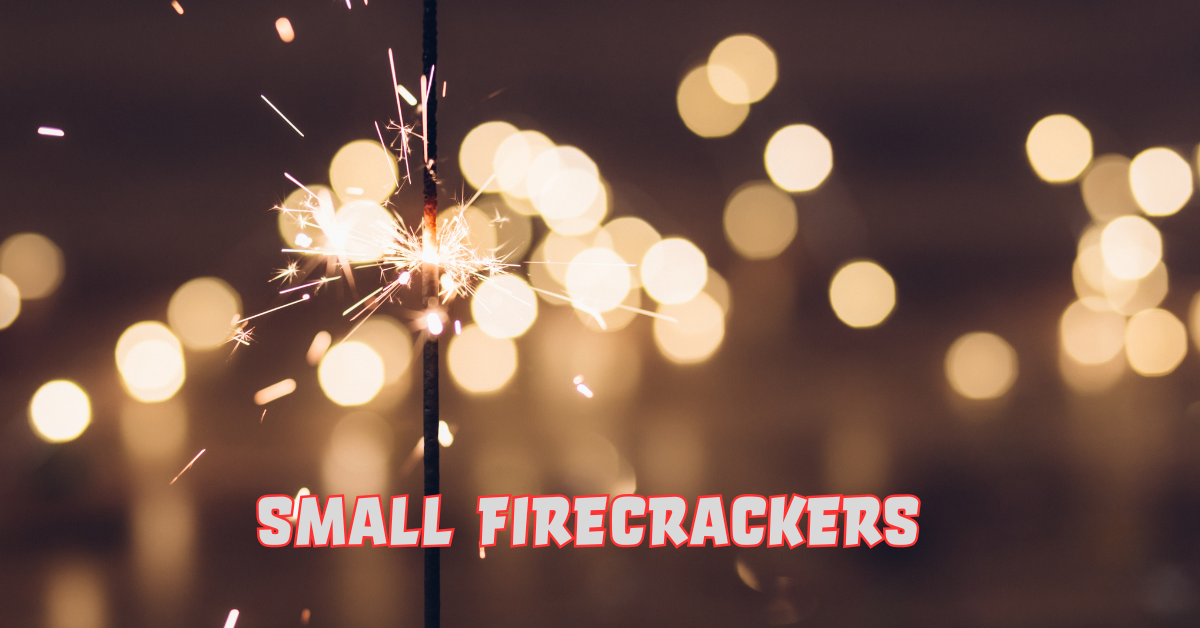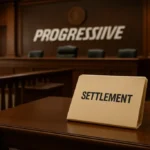The word knallkörper, a German term literally meaning “bang body,” is most commonly associated with small firecrackers traditionally used in celebrations, festivals, and historical rituals. For centuries, these small but powerful devices have symbolized joy, festivity, and sometimes even protection against evil spirits. Yet in the 21st century, knallkörper evoke a mix of fascination, nostalgia, and controversy. As European countries, especially Germany, tighten laws around their use, the conversation surrounding these firecrackers extends far beyond noise and spectacle. For some, knallkörper represent tradition and heritage, while for others they pose risks to health, safety, and even the environment.
In this article, we will explore the many layers of knallkörper: their historical origins, cultural importance, regulatory debates, safety concerns, and their future in a world increasingly focused on sustainability. By addressing these dimensions, we provide readers with a balanced understanding that blends history with modern implications. For anyone curious about how these explosive devices fit into society, whether as cherished traditions or restricted objects, this guide offers a thorough exploration of what knallkörper truly mean today.
Origins of Knallkörper in European Culture
Knallkörper have deep roots in European culture, with their earliest appearances dating back to the 15th and 16th centuries when gunpowder became widely available. Inspired by Chinese firecrackers, which were believed to drive away evil spirits, Europeans adopted and adapted the practice, embedding it into their festivals and celebrations. In Germany, knallkörper became particularly tied to New Year’s Eve, where loud bangs symbolized leaving behind misfortune and welcoming prosperity.
The word itself conveys their purpose: “knall” refers to a loud bang, while “körper” means body. This linguistic structure emphasizes the physicality and intensity of the object. Over centuries, their design evolved from crude hand-rolled paper tubes filled with powder to standardized, mass-produced versions regulated by government authorities. Despite advancements, their essence remained the same: a device created to startle, excite, and bring people together in moments of collective festivity.
Knallkörper and German Traditions
No celebration in Germany illustrates the importance of knallkörper better than Silvester, or New Year’s Eve. As the clock approaches midnight, city streets and rural towns alike echo with sharp bangs and dazzling bursts of light. For families, setting off knallkörper is both a communal ritual and an intergenerational activity. Grandparents, parents, and children gather outdoors, often bundled in heavy winter coats, to ignite firecrackers that symbolize the start of something new.
Beyond New Year’s, knallkörper have appeared in other events such as village fairs, cultural parades, and military commemorations. Historically, soldiers even used them as substitutes for live ammunition during mock drills or celebratory gunfire. Their presence underscores how deeply sound and spectacle are tied to cultural expression. As one historian once noted, “A knallkörper was never merely a bang; it was a statement, a symbol, a mark of transition.”
Types of Knallkörper
Over the years, different variations of knallkörper have developed, each with distinct characteristics and levels of intensity. The classification typically depends on their size, powder content, and intended use.
Here is a simple table outlining the main types:
| Type of Knallkörper | Description | Common Use | Noise Level | Safety Risk |
|---|---|---|---|---|
| Classic Paper Roll | Small firecracker wrapped in paper | New Year’s Eve | Moderate | Low |
| Double Bang | Designed to produce two consecutive explosions | Festivals | High | Medium |
| Flashbang Style | Mimics military stun grenades, extremely loud | Rare civilian use | Very High | High |
| Decorative Crackers | Lower intensity with colorful effects | Family-friendly events | Low | Low |
| Illegal Imports | Non-standardized, unregulated, often unsafe | Underground sales | Extreme | Very High |
This diversity reflects the wide appeal of knallkörper, ranging from family-centered activities to more daring displays favored by young adults.
Regulatory Landscape and Legal Restrictions
One of the most debated aspects of knallkörper is their regulation. In Germany, their use is tightly controlled under the Explosives Act (Sprengstoffgesetz). Only certified firecrackers can be sold legally, and even then, sales are limited to the last days of December. Usage is often restricted to New Year’s Eve, with municipalities imposing local bans in sensitive areas such as hospitals, old town centers, and places with historical wooden structures.
European Union regulations further standardize safety requirements, ensuring that knallkörper sold within member states meet strict guidelines regarding explosive content and ignition reliability. Despite these rules, illegal imports from countries with looser standards remain a problem. These unregulated devices often pack a louder punch but pose far greater risks.
One firework safety advocate summed it up: “The danger of knallkörper is not the tradition itself but the disregard for safety standards that surround them.”
Health and Safety Concerns
Knallkörper, while festive, come with undeniable health risks. Injuries range from burns and hearing damage to severe cases like finger amputations. Emergency rooms in Germany typically report a surge of cases on New Year’s Eve, often linked to misuse, faulty products, or intoxicated handling.
Another overlooked aspect is air quality. Firecrackers, including knallkörper, release significant amounts of fine particulate matter into the atmosphere. On New Year’s Eve, pollution levels in major German cities can spike up to 20 times higher than normal, contributing to respiratory issues, especially for vulnerable populations.
The psychological impact is also significant. For children, loud explosions may be frightening, while for pets, they can be distressing to the point of trauma. Veterans with PTSD often report heightened anxiety during these festivities, making the debate around knallkörper not only about safety but also about inclusivity and sensitivity.
Cultural Versus Environmental Tensions
Knallkörper in Popular Culture
Beyond real-life celebrations, knallkörper have also found a place in popular culture. German literature and films often portray them as symbols of childhood wonder, mischievous play, or rebellious youth. In war-themed films, they are sometimes used to recreate battlefield sounds in a controlled environment.
Moreover, knallkörper frequently appear in discussions of identity, representing both the joy of shared traditions and the challenges of modernization. In children’s stories, they are remembered as magical objects that brought neighborhoods together. For sociologists, they illustrate how sound and noise shape human experience in profound ways.
Comparative Global Traditions
Firecrackers, of which knallkörper are a specific variety, are not unique to Germany. In China, their use during Lunar New Year carries similar symbolic meanings of scaring away bad spirits. In India, the Diwali festival features days of fireworks, echoing the triumph of light over darkness. In the United States, firecrackers often accompany Fourth of July celebrations, with noise and spectacle signifying freedom and national pride.
The table below compares traditions:
| Country | Event | Role of Firecrackers | Cultural Meaning |
|---|---|---|---|
| Germany | New Year’s Eve (Silvester) | Knallkörper at midnight | Renewal, prosperity, cleansing misfortune |
| China | Lunar New Year | Strings of firecrackers | Protection, joy, luck |
| India | Diwali | Fireworks of all sizes | Celebration, light over darkness |
| USA | Independence Day | Large fireworks and firecrackers | Freedom, national pride |
This comparison shows that while each culture has unique customs, the shared human desire to express joy through sound and light transcends borders.
Modern Innovations and Alternatives
As regulations tighten and awareness of environmental concerns grows, alternatives to traditional knallkörper have emerged. Silent fireworks, which reduce noise but retain visual effects, are gaining popularity. Digital simulations, including drone light shows, offer another futuristic alternative. In some cities, virtual reality experiences even allow users to “ignite” firecrackers in immersive environments without risk or pollution.
These innovations illustrate that while traditions evolve, the core desire for spectacle remains intact. Whether future generations will embrace these alternatives or fight to preserve knallkörper in their original form remains an open question.
Conclusion
Knallkörper are far more than mere firecrackers; they are cultural artifacts that embody history, tradition, and societal change. Their origins trace back to centuries-old rituals designed to banish misfortune, while their modern use continues to spark joy during New Year’s Eve. Yet their significance today is contested, caught between the joy of tradition and the pressing need for safety and environmental responsibility.
As regulations evolve and innovations offer new forms of celebration, the question of knallkörper becomes a microcosm of broader human struggles: how to honor the past while adapting to the future. For some, the sharp crack of a knallkörper at midnight will always be an irreplaceable sound of joy. For others, silence or alternative displays may mark progress toward a safer, cleaner world.
As one cultural critic observed, “The sound of a knallkörper is the sound of memory itself—loud, fleeting, and impossible to ignore.”
FAQs
1. What is the meaning of knallkörper?
Knallkörper is a German term for firecrackers, literally meaning “bang body.” They are small explosive devices traditionally used in celebrations, especially New Year’s Eve.
2. Are knallkörper legal in Germany?
Yes, but with restrictions. They can only be sold in late December and are primarily permitted for use on New Year’s Eve.
3. What are the dangers of using knallkörper?
Risks include burns, hearing damage, pollution, and injuries caused by mishandling or unregulated imports. Pets and sensitive individuals may also experience distress.
4. How do knallkörper compare to firecrackers in other cultures?
While their symbolic meanings differ, knallkörper in Germany, Chinese firecrackers during Lunar New Year, and Indian Diwali fireworks all share themes of joy, renewal, and protection.
5. Are there eco-friendly alternatives to knallkörper?
Yes, silent fireworks, drone shows, and virtual reality simulations provide safer and more environmentally friendly alternatives to traditional firecrackers.











